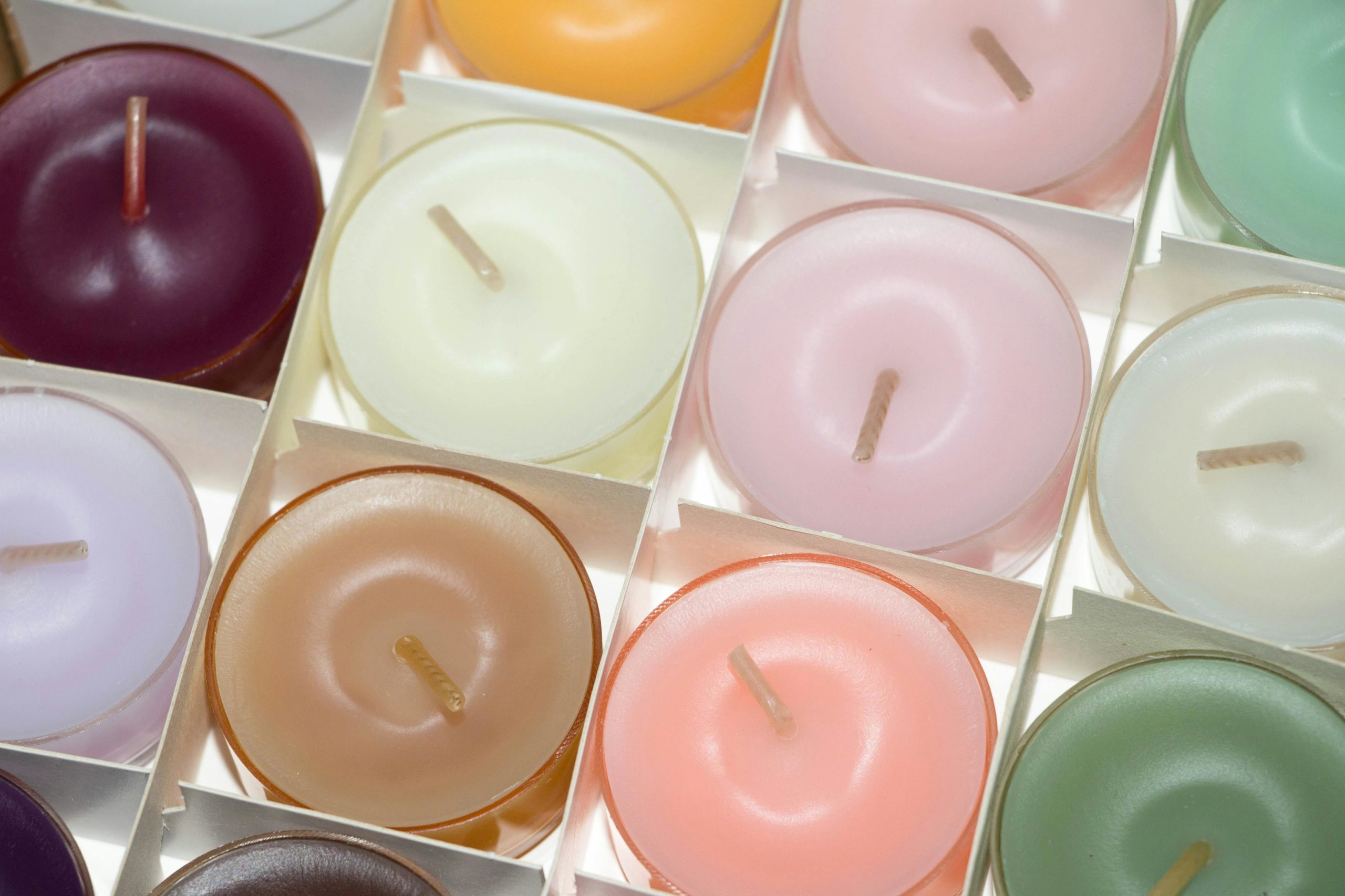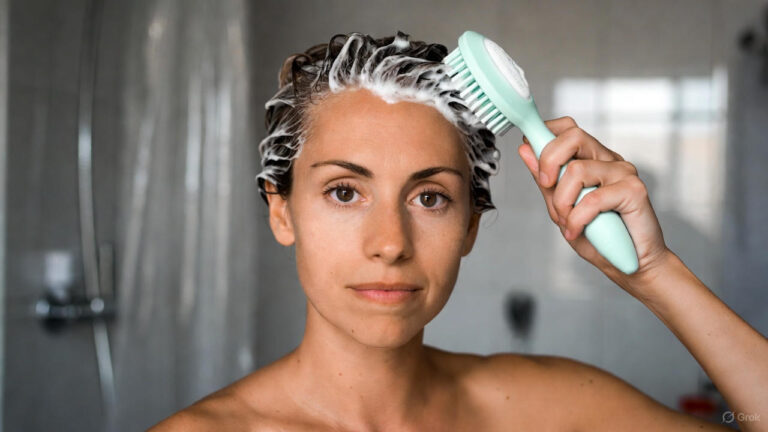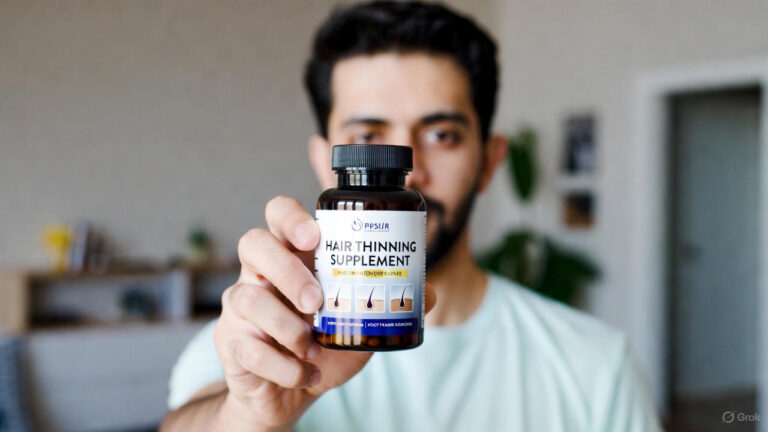Finding moments of tranquility and relaxation is essential for maintaining overall well-being. Aromatherapy, the practice of using natural scents to promote relaxation and enhance mood, offers a simple yet effective way to create a sense of calm in your daily life.
One popular method of incorporating aromatherapy into your routine is through the use of candles infused with soothing essential oils.
In this guide, we’ll explore the art of DIY aromatherapy candles, providing step-by-step instructions, tips for selecting the right essential oils, and creative ideas for customizing scents to suit your preferences.
Selecting the Right Essential Oils
Essential oils are the heart and soul of aromatherapy candles, providing the therapeutic benefits and delightful scents that make them so effective for relaxation. When selecting essential oils for your DIY candles, it’s essential to choose high-quality, pure oils that are free from synthetic additives or fillers.
Here are some popular essential oils known for their calming and stress-relieving properties:
- Lavender: Renowned for its soothing aroma, lavender essential oil is a staple in aromatherapy for relaxation and sleep support.
- Chamomile: Chamomile essential oil has a gentle, floral scent that promotes relaxation and helps to ease tension and anxiety.
- Bergamot: With its citrusy yet floral aroma, bergamot essential oil is uplifting and mood-boosting, making it ideal for reducing stress and promoting relaxation.
- Ylang Ylang: Known for its exotic and floral scent, ylang ylang essential oil is prized for its ability to calm the mind and promote feelings of serenity and joy.
- Sandalwood: With its rich, woody aroma, sandalwood essential oil is grounding and centering, helping to create a sense of peace and tranquility.
Candle-Making Techniques
Making your own aromatherapy candles is a simple and rewarding process that allows you to customize scents and create a personalized ambiance in your home. Here’s a step-by-step guide to making DIY aromatherapy candles:
- Gather your materials: You’ll need soy wax flakes, essential oils, candle wicks, candle jars or containers, a double boiler or microwave-safe bowl, and a thermometer.
- Melt the wax: In a double boiler or microwave-safe bowl, melt the soy wax flakes until they reach a temperature of around 160-180°F (71-82°C).
- Add essential oils: Once the wax has melted, remove it from the heat source and stir in your chosen essential oils. Aim for a concentration of around 5-10 drops of essential oil per ounce of wax, depending on your desired scent strength.
- Prepare the wicks: While the wax cools slightly, prepare your candle jars by securing the wicks in the center using wick holders or adhesive tabs.
- Pour the wax: Carefully pour the scented wax into the prepared candle jars, taking care not to disturb the wicks.
- Let the candles set: Allow the candles to cool and harden completely, which typically takes several hours or overnight.
- Trim the wicks: Once the candles have fully set, trim the wicks to around ¼ inch (0.6 cm) to ensure a clean and even burn.
Customizing Scents and Blends
One of the joys of making your own aromatherapy candles is the ability to customize scents and create unique blends tailored to your preferences. Experimenting with different essential oil combinations allows you to create candles that cater to specific moods or occasions.
Here are some ideas for customizing scents:
- Relaxing blend: Combine lavender, chamomile, and bergamot essential oils for a calming and stress-relieving aroma.
- Uplifting blend: Mix bergamot, ylang-ylang, and citrus essential oils for a bright and energizing scent that uplifts the spirits.
- Grounding blend: Blend sandalwood, cedarwood, and patchouli essential oils for a warm and earthy aroma that promotes a sense of stability and grounding.
- Floral blend: Combine rose, jasmine, and geranium essential oils for a sweet and floral scent reminiscent of a blooming garden.
Safety Tips for Candle-Making
While making DIY aromatherapy candles can be a fun and rewarding activity, it’s essential to prioritize safety to prevent accidents and ensure a positive experience. Here are some safety tips to keep in mind:
- Work in a well-ventilated area to minimize exposure to fumes from melting wax and essential oils.
- Use caution when handling hot wax and ensure that children and pets are kept away from the work area.
- Follow manufacturer instructions for candle-making equipment and materials, including proper use of candle wicks, containers, and thermometers.
- Never leave burning candles unattended, and always place them on a heat-resistant surface away from flammable objects.
- Keep candles away from drafts, as this can cause uneven burning and potential hazards.
Conclusion
DIY aromatherapy candles offer a simple yet effective way to incorporate the benefits of essential oils into your daily routine, promoting relaxation, stress relief, and overall well-being. By selecting high-quality essential oils, mastering candle-making techniques, customizing scents to suit your preferences, and prioritizing safety, you can create a personalized sanctuary of tranquility in your own home.
FAQs
Q1: Can I use fragrance oils instead of essential oils for making aromatherapy candles?
While fragrance oils may offer a wide range of scents, they are synthetic and do not possess the therapeutic properties of essential oils. For the best aromatherapy benefits, it’s recommended to use pure essential oils derived from natural botanical sources.
Q2: Can I use other types of wax besides soy wax for making aromatherapy candles?
Yes, you can use other types of wax such as beeswax or coconut wax for making aromatherapy candles. However, soy wax is popular for its clean-burning properties, eco-friendly credentials, and ability to hold fragrance oils effectively.
Q3: How long do DIY aromatherapy candles typically last?
The burn time of DIY aromatherapy candles can vary depending on factors such as the size of the candle, the concentration of essential oils, and the quality of the wick. On average, a 6-ounce (170g) candle may burn for approximately 30-40 hours.
Q4: Can I use food coloring to tint my aromatherapy candles?
While it’s possible to add food coloring to your candles for aesthetic purposes, keep in mind that some dyes may affect the burning performance of the candle or produce undesirable results. If you choose to use coloring, opt for candle-specific dyes and test them in small batches to ensure compatibility.
Q5: Are there any safety concerns I should be aware of when using aromatherapy candles?
To ensure the safe use of aromatherapy candles, it’s essential to follow basic candle safety guidelines, such as trimming wicks, keeping candles away from flammable objects, and never leaving burning candles unattended. Additionally, exercise caution when handling hot wax and essential oils to prevent burns or accidents.



